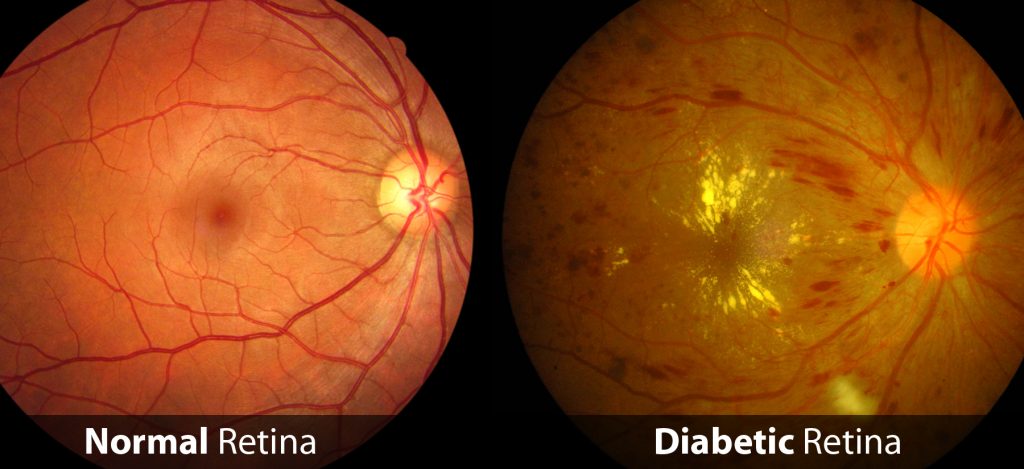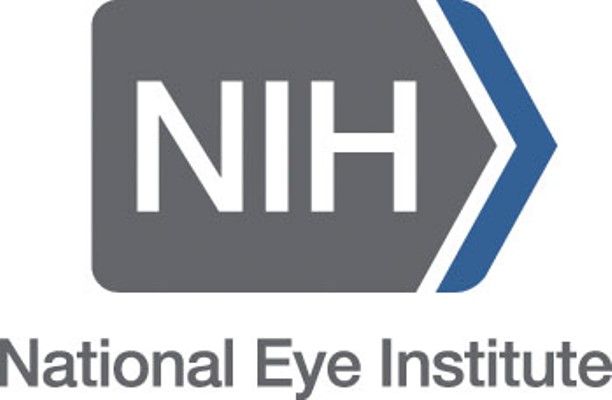Individuals with diabetes have an elevated risk of developing many conditions of the eye, and should receive regular comprehensive eye exams to monitor eye health. Catching problems early vastly reduces the risk of significant vision loss. At Capitol Eye Care, one of our top priorities is to prevent blindness from diabetes. Our advanced technologies and our experienced eye care professionals make us a leading center in the Mid-Missouri region for diabetic eye care.
Diabetic retinopathy is the most common diabetic eye disease and a leading cause of blindness in American adults. In the majority of diabetic retinopathy cases, blindness is completely preventable. Tight control of blood sugar can have a major impact on a diabetic patient’s ability to prevent diabetic retinopathy and its progression. Early diabetic retinopathy usually has no symptoms, but can eventually lead to visual loss. The stages of diabetic retinopathy are divided into two categories — nonproliferative retinopathy and proliferative retinopathy.
This is the earliest stage of diabetic retinopathy. NPDR occurs when the small blood vessels of the retina leak fluid or bleed. Left untreated, leakage of fluid into the retina can cause blurring of central vision. Fortunately, if the fluid leakage is caught at an early stage, treatment with medication or laser can arrest the process before vision loss occurs.
Some patients with diabetes develop a proliferation of abnormal blood vessels adjacent to the optic nerve, retina, or iris. The new abnormal blood vessels tend to grow haphazardly, bleed easily, and can wreak havoc in the eye. Bleeding and subsequent scar formation can cause sudden and severe loss of vision. If PDR develops, vision loss is generally preventable with injectable medication or laser treatment. Once vision loss occurs, however, surgery may be necessary to recover the lost vision.
Diabetic retinopathy is the most common diabetic eye disease and a leading cause of blindness in American adults. In the majority of diabetic retinopathy cases, blindness is completely preventable. Tight control of blood sugar can have a major impact on a diabetic patient’s ability to prevent diabetic retinopathy and its progression. Early diabetic retinopathy usually has no symptoms, but can eventually lead to visual loss. The stages of diabetic retinopathy are divided into two categories — nonproliferative retinopathy and proliferative retinopathy.


It is very important for diabetic patients to take good care of themselves to help prevent diabetic retinopathy. Patients should have regular medical exams and try to maintain good blood sugar levels, good blood pressure, and avoid smoking.
According to the National Eye Institute, it is estimated that nearly 5.4 million Americans over the age of 18 currently have diabetic retinopathy. This eye disease causes over 8,000 cases of new blindness annually and is the primary cause of blindness for people ages 25 to 74.
